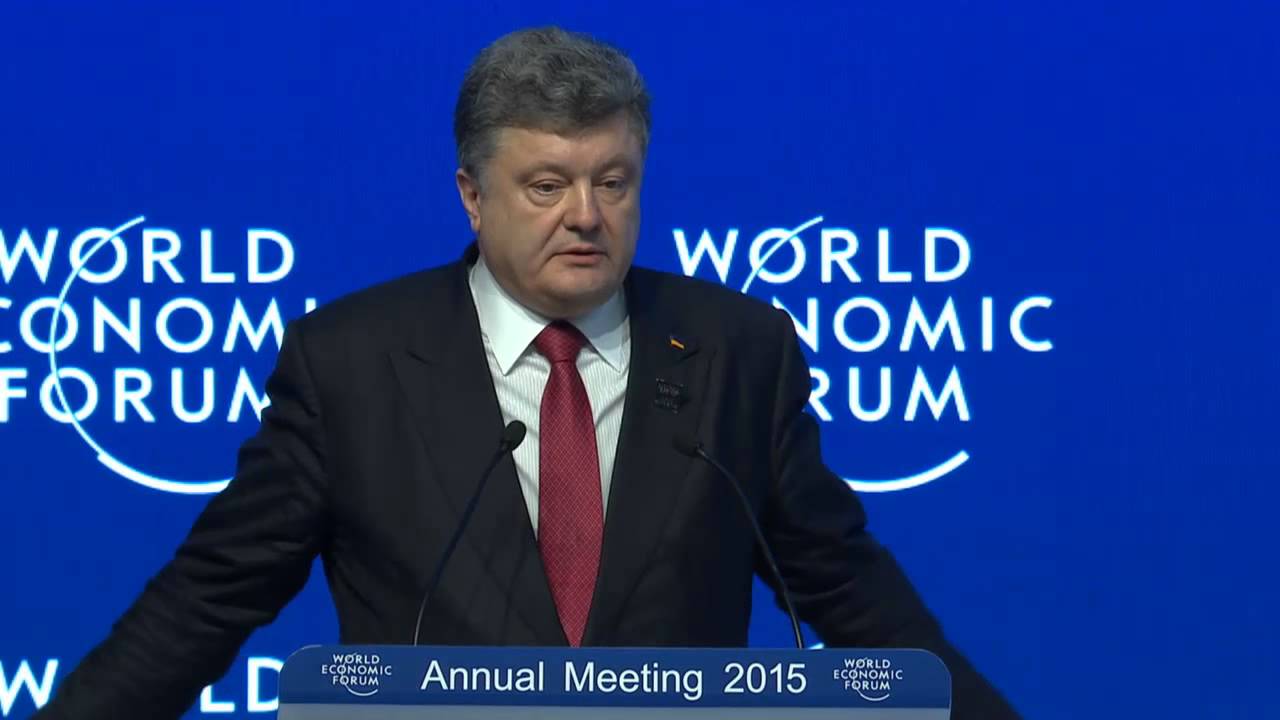EU-Ukraine Trade Agreement. Challenges and Opportunities
In April 2015 Ukraine was granted free access to the European Union’s internal market due to the EU’s unilateral elimination of both tariff and non-tariff barriers. In 2015, 98.1 per cent of EU’s tariff duties were cancelled under the provisions of the Deep and Comprehensive Free Trade Agreement (DCFTA) with Ukraine. In practice this means that Ukrainian producers can now sell their products to EU customers without paying custom tariffs on most goods. Apart from simple trade liberalisation through the removal of custom tariffs, the DCFTA also introduced the reduction or removal of non-tariff barriers, the liberalisation of an investment regime, the liberalisation of trade in services and the harmonisation and mutual recognition of regulative and institutional frameworks related to trade and investment.
May 30, 2016 -
Maryna Kornilova
-
Articles and Commentary

This agreement has been a significant step for the Ukrainian economy as it gives access to the biggest market in terms of volume in the world. According to many studies, the DCFTA should boost the economic growth of Ukraine by increasing its exports to the EU, creating a spill-over effect in terms of technology and increasing the volume of foreign direct investment. Yet, according to recent data published by Eurostat, Ukrainian exports to the EU have fallen by seven per cent after the signing of the DCFTA. Such a result might seem unsurprising since Ukraine in 2014 de facto lost a big share of its industrial potential concentrated in the Donbas region. However, figures show that it is not the only reason, since Ukrainian exports to the EU have been steadily shrinking for the past five years.
Ukraine is considered a major supplier of agricultural products to the EU market. The Ukrainian government expects that under the DCFTA the Ukrainian economy will mostly benefit from trade in agricultural goods and raw materials. However, it is important to mention that the EU has its own interests to protect when it comes to its internal agricultural production. Firstly, the Common Agricultural Policy (CAP) of the EU represents the second largest item of expenditure in the EU’s common budget. In 2014 the share of the budget spent on the CAP was equal to 39 per cent. Secondly, under the DCFTA’s provisions, trade in agricultural products was the subject of the so called “tariff rate quotas” (TRQ) on 36 agricultural product categories. This means that Ukrainian producers can export their goods duty free only to a limited extent; after reaching the quota they will have to pay custom duties. Indeed, such a provision sets a significant limitation on Ukrainian agricultural exporters yet in reality Ukrainian producers did not manage to fill the quotas in 2015. The reason is that Ukrainian products do not comply with EU sanitary and phytosanitary standards which is a direct consequence of the absence of EU technical and sanitary standards in Ukraine’s national legislation.
Around 30.4 per cent of the total of Ukrainian exports to the EU in 2015 were agricultural products. Agricultural products together with textile and raw materials were the only sectors which demonstrated an increasing trend in terms of export volume after the signing of the DCFTA. There is another major problem concerned with this: the Ukrainian government puts too much emphasis on the agricultural sector. Indeed, according to the World Bank’sWorld Integrated Trade Solution (WITS) data, Ukraine has a comparative advantage in trade in vegetable products, food, minerals and metals. However, relying on commodity exports has proven to be risky and not efficient in terms of economic development: the GDP of the country has become dependant on fluctuations in commodities’ prices on the world market. Moreover, increasing competition in commodity trade on the world market makes producers decrease their margins in order to stay competitive and this inevitably results in a shrinking of net revenue from trade in these goods.
There are several possible solutions which might help Ukraine benefit from the liberalised trade regime with the EU. According to the above-mentioned research by the World Bank it is still unprofitable for the EU to produce textiles, footwear and some types of electrical machinery equipment. By increasing the competitiveness of Ukrainian products in these sectors of the Ukrainian economy, the country is likely to gain a competitive advantage over existing suppliers, such as China, due to lower transportation costs, a common border and higher managerial standards. Trade in these goods will benefit the Ukrainian economy due to the higher margin and lower competition on the world market in comparison with trade in commodities. In addition, under the DCFTA, Ukrainian enterprises are allowed to participate in tenders for public contracts on the same conditions as EU businesses. Such measures are unprecedented for a country outside of the European Economic Area.
Adopting the current and future EU rules concerning public procurement will give Ukrainian enterprises an opportunity to receive contracts to build roads, railways, and in general construction, among other sectors. The proposed steps constitute a crucial milestone for the future of Ukraine’s economy, which will require a significant engagement from the Ukrainian government in terms of improving the existing system of trade relations. However, without such basic improvements, the Ukrainian economy will not be able to escape the commodity trap, stand the competition with more advanced EU products and services and benefit from the free trade regime.
Maryna Kornilova has worked with the Konrad Adenauer Foundation, was an organising team member with TEDxYouth@Kyiv and is a student at the College of Europe in Bruges, Belgium.

































